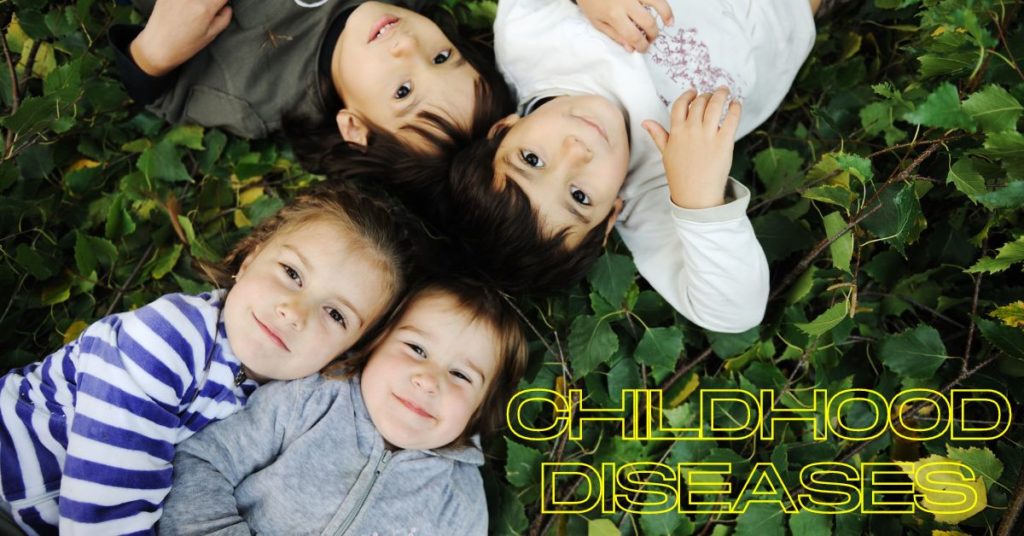Are you worried about your child’s dental health? It’s never too early to start thinking about optimal dental hygiene! From baby teeth to permanent teeth, we will touch on important components of childcare as dental hygiene in this article.
In the beginning, let`s proceed from the topic child`s tooth development.
Teething is the process of teeth emerging through the gums in infants and young children.
Timing and patterns of teething can vary between individual children, but there are some general trends.
Table of Contents
Timing Baby Teeth
A child typically has 20 primary (baby) teeth, also known as deciduous teeth. These teeth usually start to emerge between 6 months and 1 year of age, although some children may start earlier or later and continue to come in until the child is around 3 years old. The 20 primary teeth consist of 10 upper teeth and 10 lower teeth, including 8 incisors, 4 canines, and 8 molars. The first teeth to emerge are typically the lower central incisors, followed by the upper central incisors, first molars, canines, and second molars.

SCHEME OF TEETH ERUPTION
| AGE | Teeth |
| 6 months | The lower central incisors |
| 8 months | The upper central incisors |
| 10-12 months | The upper lateral incisors |
| 13-14 months | The lower lateral incisors |
| 15-16 months | 4 first molars |
| 20-24 months | 4 canines |
| 3d year of life | 4 second molars |
Later on, between the ages of 6 and 12, these primary teeth will begin to fall out and be replaced by permanent teeth. By the age of 12 or 13, most children will have all of their permanent teeth, which consist of 32 teeth, including 16 upper teeth and 16 lower teeth, and include 8 incisors, 4 canines, 8 premolars, and 12 molars (including 4 wisdom teeth).
Not all children have 4 wisdom teeth. Some of them do not have it at all, and some – have only 1 or 2. What is important is that the other 28 teeth are healthy.
Wisdom teeth, also known as third molars, are not essential for good oral health. In fact, these teeth can cause problems for many people and may need to be removed.
One common issue with wisdom teeth is that they often do not have enough space for emerging or “erupt” through the gums fully. This can cause pain, swelling, and infection in the gums and surrounding teeth. If left untreated, it can lead to more serious issues, such as cysts or damage to other teeth.
Additionally, wisdom teeth are located at the back of the mouth, so they can be difficult to clean properly. This can lead to the development of gum disease and tooth decay.
Therefore, in many cases, dentists may recommend removing wisdom teeth as a preventative measure to avoid these potential issues. However, if the wisdom teeth have enough space to come in and are healthy, they can be left in place as long as they are not causing any problems.
Child Dental Care Tips
Teething can be a painful and uncomfortable process for children, and they may exhibit certain symptoms during this time, such as:
- Increased drooling
- Irritability and fussiness
- Biting and chewing on objects
- Difficulty sleeping
- Swollen or tender gums
- Loss of appetite
- Ear pulling or rubbing
- Mild fever
It’s important to note that not all children will exhibit these symptoms during teething, and some may experience only mild discomfort. If you have concerns about your child’s teething, it’s always best to consult with a pediatrician or dentist. They can offer advice on managing your child’s discomfort and ensuring that their teeth are developing properly.
Child dental care is important for the overall health and well-being of children. It is important to start dental care as soon as a child’s first tooth appears (on average, from age 6 to 8 months).
Here are some of the peculiarities of child dental care and how to provide it:
1) Use a soft-bristled brush: Use a soft-bristled brush and a pea-sized amount of toothpaste to clean your child’s teeth. Brush gently in circular motions, being careful not to brush too hard.
2) Avoid sugary drinks and snacks: Sugary drinks and snacks can lead to tooth decay in children. Encourage your child to drink water and eat healthy snacks like fruits and vegetables.
3) Use fluoride toothpaste: Fluoride toothpaste helps prevent cavities and strengthens tooth enamel. Use fluoride toothpaste appropriate for your child’s age.
4) Visit the dentist regularly: Take your child to the dentist regularly for checkups and cleanings. This helps ensure that dental problems are caught early and treated before becoming more serious.
5) Consider dental sealants: Dental sealants are a thin coating that is applied to the chewing surfaces of back teeth. They can help prevent cavities in children who are at high risk.
I recommend that children between the ages of six to 14 years of age receive dental sealants, especially for those who have signs of connective tissue dysplasia (CTD), such as flat foot, scoliosis, joint hypermobility, skin hyperextensibility and etc. Most dentists also recommend sealing the first and second molars as soon as they come through to protect them from tooth caries. Dental sealants protect your child`s tooth for a minimum of 3-5 years, even up to 10 years.
6) Encourage good oral hygiene habits: Encourage your child to brush their teeth twice a day and floss once a day. Make oral hygiene fun by using colorful toothbrushes and letting your child choose their own toothpaste flavor.
Conclusion
By starting dental care early and providing consistent dental care for your child, you can help them develop good oral hygiene habits that will last a lifetime.
I hope you found this article informative and helpful. If you have any comments or questions, please feel free to leave them below or reach out to me via the contact form on this site. Also, if you enjoyed reading this article, please share it with your friends and family who may find it useful. And don’t forget to subscribe to our newsletter for more informative articles on dental health and hygiene. Thank you for reading!





